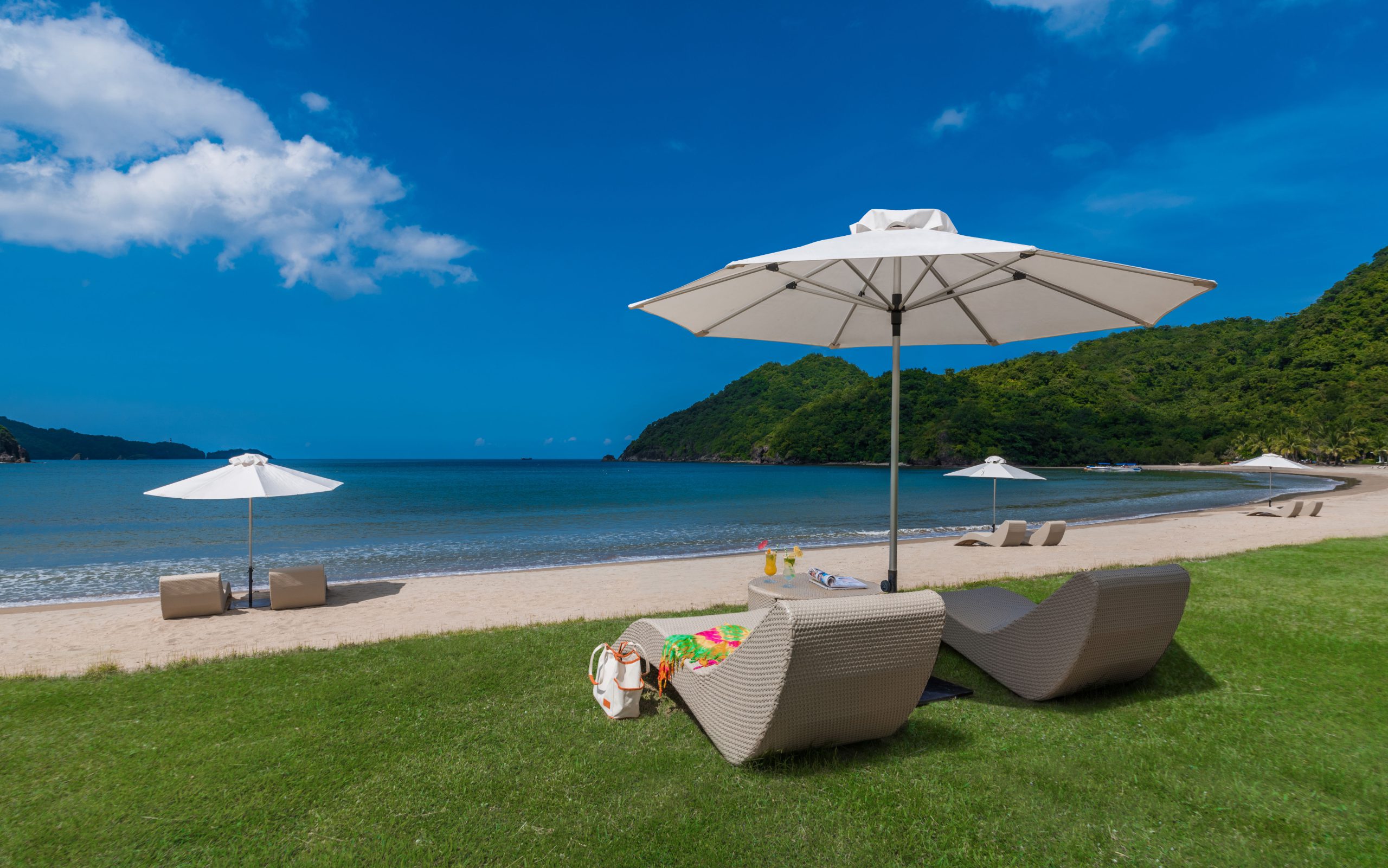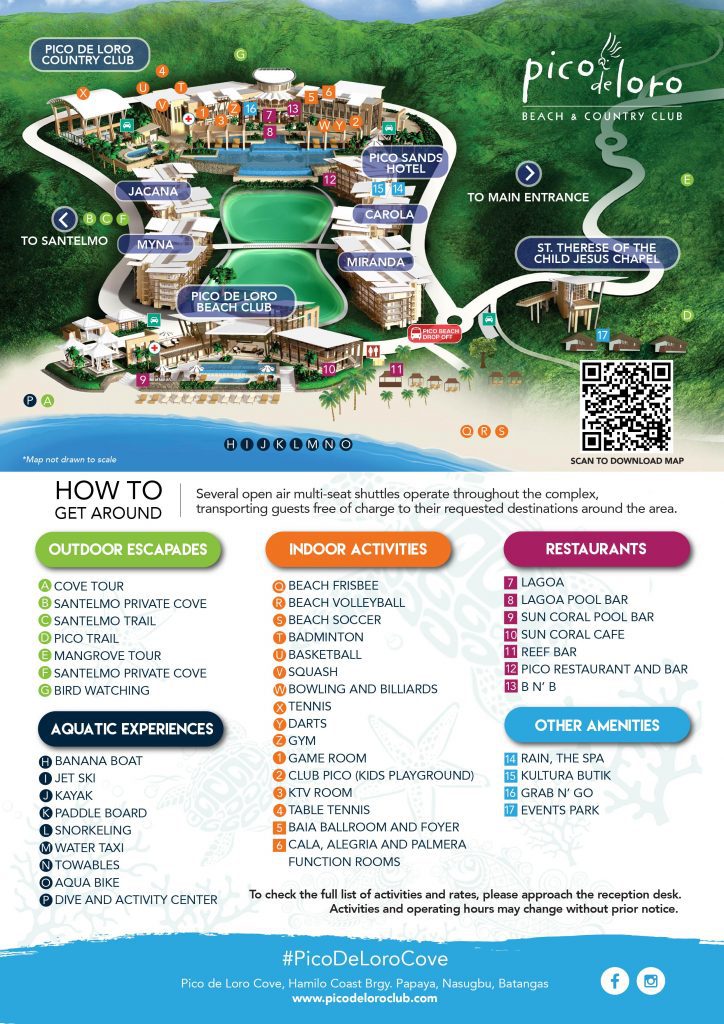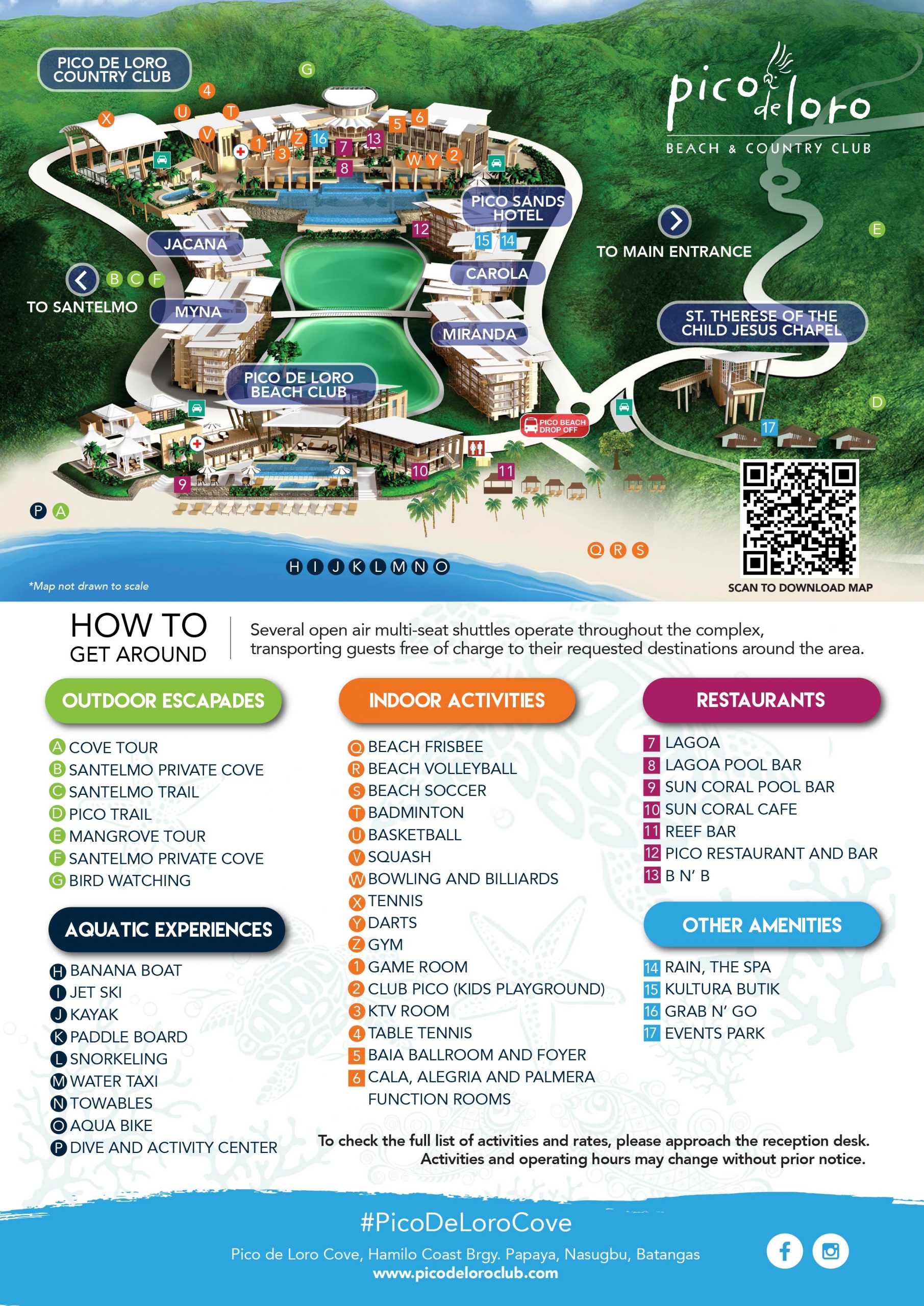The Coral Triangle is regarded as the world’s center for biodiversity. A vast and colorful coral nursery, it encompasses the islands and waters of the Philippines, Indonesia, Malaysia, the Solomon Islands, Papua New Guinea,
Timor-Leste, and beyond. It is home to 76% of the world’s known coral species and 37% of the world’s coral reef fish species, commercially valuable species such as tuna, and six of the world’s seven known species of
marine turtles.
Hamilo Coast and Pico de Loro Cove, being situated in Nasugbu, Batangas, is part of the global Coral Triangle and the Verde Island passage in the Philippines.
The Coral Triangle, the world’s center for biodiversity, is a vast and colorful coral nursery that encompasses the islands and waters of the Philippines, Indonesia, Malaysia, the Solomon Islands, Papua New Guinea, Timor-Leste, and beyond. It is home to 76% of the world’s known coral species, 37% of the world’s coral reef fish species, and six of the world’s seven known species of marine turtles.
Pico de Loro Cove, being situated in Nasugbu, Batangas, is part of the global Coral Triangle and the Verde Island Passage in the Philippines.



